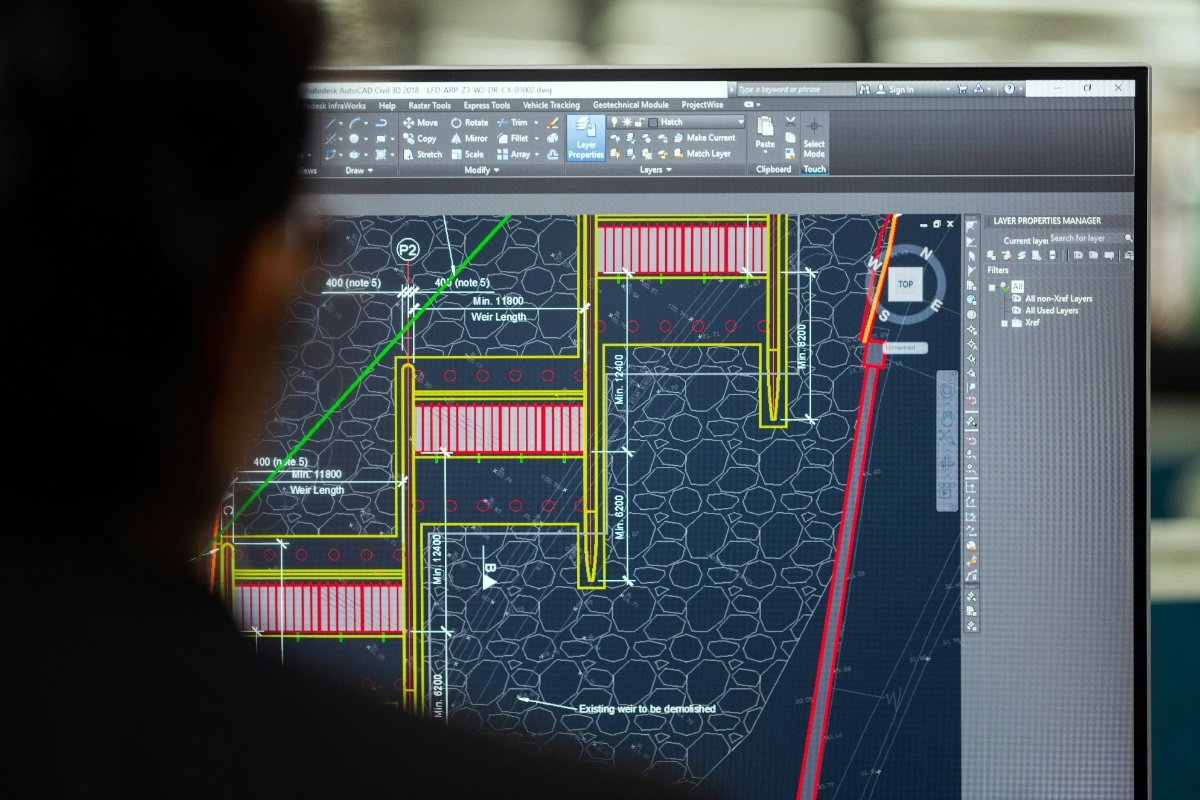
AI in Fashion Design: The Next Big Revolution is not just a future concept but a current reality reshaping how trends are created, garments are made, and customers are served with precision.
Artificial intelligence transforms creative thinking by offering new tools that assist in idea generation and visualization. Designers now collaborate with algorithms to explore concepts beyond human intuition.
Machine learning analyzes past trends, consumer behavior, and visual aesthetics to inspire fresh collections. AI can simulate multiple variations of a design within seconds, enhancing creative flexibility.
This digital brainstorming accelerates product development while helping designers make smarter aesthetic decisions. AI doesn’t replace creativity but amplifies and enriches the artistic process.
AI systems can analyze social media, search trends, and fashion blogs to forecast styles likely to dominate future seasons. This data-backed prediction is more precise than traditional guessing.
Fashion companies once relied on instinct and experience, but now AI delivers insights with speed and scale. Predictive analytics helps reduce overproduction and improves stock management.
Forecasting tools identify color palettes, silhouettes, and materials gaining popularity. Brands can respond faster to market shifts and align product lines with actual consumer interest.
AI enables hyper-personalized shopping by learning about individual tastes, body types, and purchasing patterns. Consumers receive tailored recommendations that reflect their unique fashion identity.
Virtual stylists suggest outfits using algorithms trained on a user’s past choices and behavior. This level of customization boosts satisfaction and customer loyalty.
Retailers use AI chatbots and digital assistants to provide real-time style advice. AI also refines sizing suggestions, reducing returns due to poor fit or preference mismatch.
AI helps brands reduce waste and become more sustainable by optimizing fabric usage and manufacturing processes. It minimizes surplus by matching production closely with demand.
Predictive models ensure only necessary quantities are produced. AI can analyze environmental impact at each step of the supply chain, offering recommendations for greener alternatives.
Designers use AI tools to select eco-friendly materials and reduce the carbon footprint of their collections. Smart resource management supports ethical and sustainable fashion goals.
Digital tools powered by AI enable designers to build and test virtual prototypes, eliminating the need for physical samples in early stages. This saves time, money, and materials.
3D modeling allows easy modifications and real-time visualizations. Designers can tweak textures, colors, and cuts instantly, helping them experiment with bold ideas risk-free.
Virtual garments can be tried on using AI avatars or AR mirrors. This virtual workflow accelerates production and introduces new possibilities in design presentation.
AI optimizes the entire supply chain from raw material sourcing to final delivery. Intelligent systems predict inventory needs, identify delays, and recommend alternative routes or suppliers.
Fashion logistics becomes more efficient with real-time data analysis. AI tracks demand patterns and aligns manufacturing accordingly, reducing overstock or shortages.
By anticipating customer demand, brands streamline operations and minimize waste. The result is a leaner, more responsive, and more profitable supply chain structure.
AI-powered marketing tools identify target audiences and craft personalized campaigns. From email subject lines to visuals, algorithms help brands speak directly to consumer interests.
Social media analysis uncovers which trends resonate with specific demographics. AI tools generate content suggestions and monitor brand perception in real-time.
Fashion companies can automate customer segmentation and campaign testing. This boosts engagement and ensures marketing investments deliver maximum return.
Material science and AI intersect to create smarter fabrics that adjust to body temperature or environmental changes. AI helps design textiles that blend fashion with functionality.
AI analyzes molecular data to develop new fabric blends with desired properties. These innovations lead to clothing that is more durable, breathable, or responsive to stimuli.
Smart textiles can interact with digital devices or monitor physical performance. Fashion and function unite through technological breakthroughs guided by artificial intelligence.
In retail stores, AI improves customer service with smart mirrors, virtual try-ons, and self-checkout systems. Shopping becomes more interactive and convenient.
AI detects foot traffic patterns and suggests optimal store layouts. This improves product placement and overall customer experience.
Online retail also benefits from AI recommendation engines, intelligent search filters, and visual search. Consumers enjoy smoother navigation and faster discovery of desired items.
AI analyzes customer reviews, social media comments, and visual reactions to provide designers with real-time feedback. This helps adjust designs quickly and stay on trend.
Sentiment analysis tools measure emotional responses to new collections. Brands gain actionable insights and respond promptly to criticism or praise.
Designers now test concepts digitally before launching physical products. This minimizes risk and maximizes market relevance in an era of fast-changing consumer preferences.
AI tools enable amateur creators to design like professionals. With templates, generative algorithms, and virtual fitting rooms, creativity is more accessible than ever.
Small brands can compete with major labels by leveraging affordable AI tools. Innovation is no longer exclusive to big fashion houses with vast resources.
This democratization fosters diverse perspectives and fresh styles. AI empowers anyone with an idea to bring their vision to life and share it with the world.
Despite its promise, AI in fashion raises concerns about job displacement, creative ownership, and data privacy. These challenges must be addressed with thoughtful regulation and innovation.
Transparency in algorithmic decision-making is vital. Designers and developers must ensure inclusivity, avoid biases, and maintain human oversight in creative workflows.
Balancing efficiency with authenticity will shape how AI integrates into fashion. The future lies in collaboration, not replacement, between humans and machines.
I'm a blogger and writer for different websites, where I share engaging content on a variety of topics from lifestyle and culture to travel and trends. Passionate about storytelling and connecting with readers, I aim to inspire, inform, and entertain through every post.









